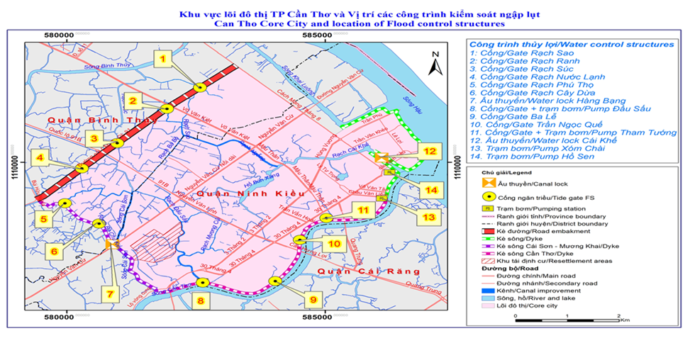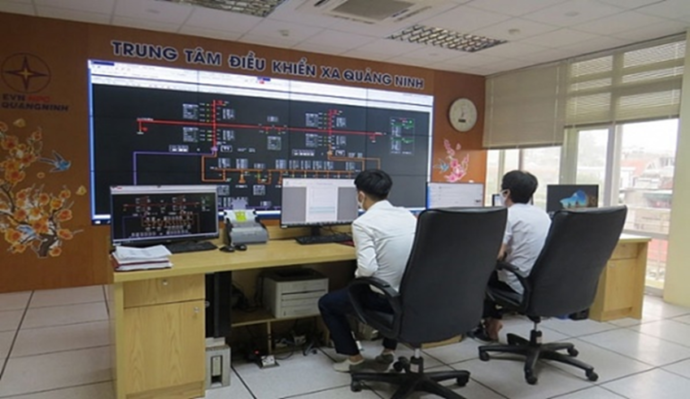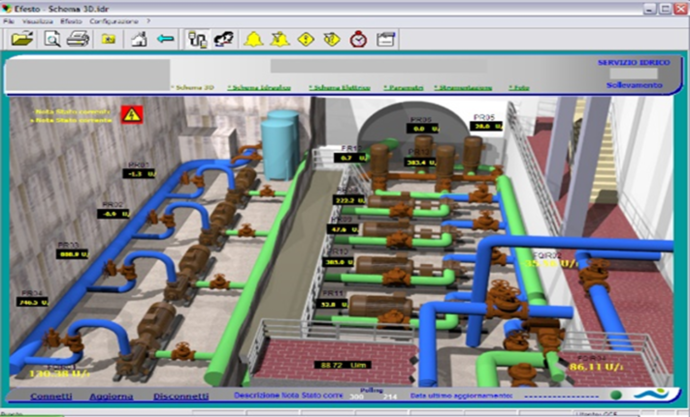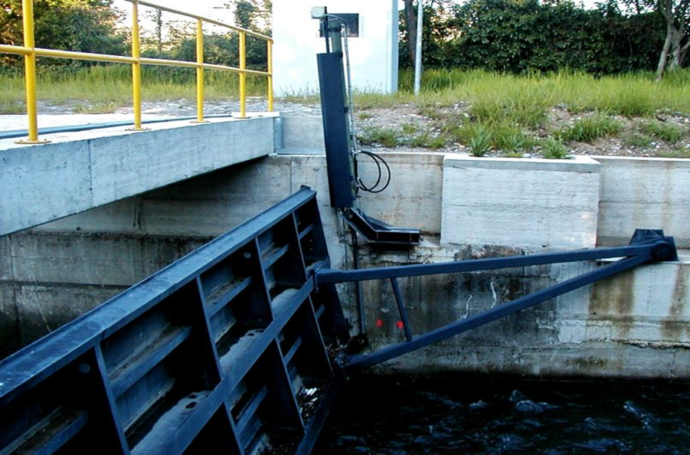”Establishing Flood Risk Management Information System (FRMIS) in Can Tho City”.
SWS Consulting Engineering (Italy) has been contracted for the assignment ”Establishing Flood Risk Management Information System (FRMIS) in Can Tho City”. The Client is the Can Tho Official Development Assistance (ODA) Project Management Unit (PMU) who are managing implementation of the World Bank financed project for “Can Tho Urban Development and Resilience (CTUDR)” with a Total Project Cost of 322.00 Million US$. The project has started in June 2020 and will end after two years on May 2022.
Proteo Control Technologies has been chosen as a Partner by SWS to deal with the implementation of a SCADA for integrated flood risk management in Can Tho City that includes the “smart” control of water levels in the canal and drainage system. The international team involved in the project is led by Giancarlo Cigarini of SWS in Italy and Ian Smith in Vietnam and includes several international experts from many countries as: Italian, English, Dutch, Australian and Vietnamese.
Context
The overall CTUDR Project features a connected ring dike and road embankment system to protect against river and tidal flooding in the core urban area. In keeping with Can Tho’s “Smart City” initiative, the FRMIS applies a hydrodynamic model integrated with data management, flood prediction, and SCADA systems for smart control of the network of flood gates and pumps to manage flood risk from both internal (urban runoff) and external (river and tide) sources. In addition to operational control and early warning, the FRMIS will be applied for flood risk mapping, planning of future flood management measures, and strengthening of flood risk approaches in urban planning.
Figure 1.1 shows the overall layout of the system in the urban core area of Can Tho city.

The CTUDR project consists of three components:
Component 1 includes all the main investment works for flood control which encompasses the design and construction of the dikes, embankments, gates, pumps etc. as well as the implementation of the SCADA works. The FRMIS, which includes this current task to establish the basis for the SCADA contract, is a Component 3 activity.
Overall, the FRMIS stores and interprets information for flood control and provides “smart” advice to system operators in the centralized control facility. The SCADA system operationalizes the system for control by collecting field information, such as with sensors for water level and rainfall, as well providing the means to visualize the system status in the control room and to carry out command functions, such as to open and close gates or operate pumps. The SCADA system also provides some autonomous local level of control as well the management of alerts and warnings.

Figure 1.2 SCADA Control Center
Assignment objectives
The general objective for the assignment is to strengthen flood risk management capacity in Can Tho through implementation of the FRMIS. The system, which is based on hydrodynamic model, supports management of water in the core city via the operation of gates and pumps as well as a flood early warning, risk mapping and urban planning. The main tasks of the consultant services are to:
- Develop a computer-based tool to support the SCADA for Polder operation
- Develop and disseminate flood and risk maps as well as proposals for flood risk management measures.
- Strengthen the flood early warning system, including flood forecasting, warning and response activities.
- Develop tools for communicating flood risk and interactions with urban planning.
- Provide capacity building for Can Tho City agencies, particularly with regard to ensuring long-term sustainability of the FRMIS.

The following activities are being developed under the responsibility of the ICT & SCADA team led by Proteo Control Technologies:
- ToR for the SCADA System: The ToR has been developed for the core city and has been based on the CTUDRP feasibility study. The technical characteristics of the SCADA control system, the data transmission system, the PLCs to be used and the continuous measurement and analysis instruments needed for the SCADA system to operate on a turnkey basis have been defined in detail. For a better definition of the level of detail and quality of hardware supplies, the manufacturers of each individual component have been indicated and could only be used as a reference of equivalent manufacturers.The standards used in SCADA ToR would also be used as a guideline for the Operation Manual, the DST and the EW.
- : An ICT assessment has been carried out based on the IT standards and communication protocols adopted in Vietnam, as well as the IT services and the users requirements who will have to manage the FRMIS.
- Operation Manual for FRMIS users: The ICT & SCADA team will participate in the preparation of the operation manual that could be largely based on real-time data integrated with data from the hydro-meteorological forecasts.
- Decision Support Tool polder operation (current status): On the basis of the choice of the modelling software and above all on the basis of the module to be developed for the integration between the DST and SCADA, operational scenarios of the integrated control system will be developed. The connection mode (frequency, data, data format) between SCADA and early warning system will be agreed with the other teams. Among the possible modalities the exchange of data on request or through OPC industrial standard.
- Early warning system: Real time data necessary for the model will be defined to activate different early warning levels for different areas of the polder in order to alert the different stakeholders and to make decisions about tidal gate drives, pumping systems and expansion ponds.
- Proposal on daily predictions: The real time data necessary for the daily forecasts will be defined
- Training activities: Training sessions will be carried out for both Operators and Managers on the use of information systems.

- Figure 1.4 Tidal gate

